How Different Types of Exercise Affect Blood Sugar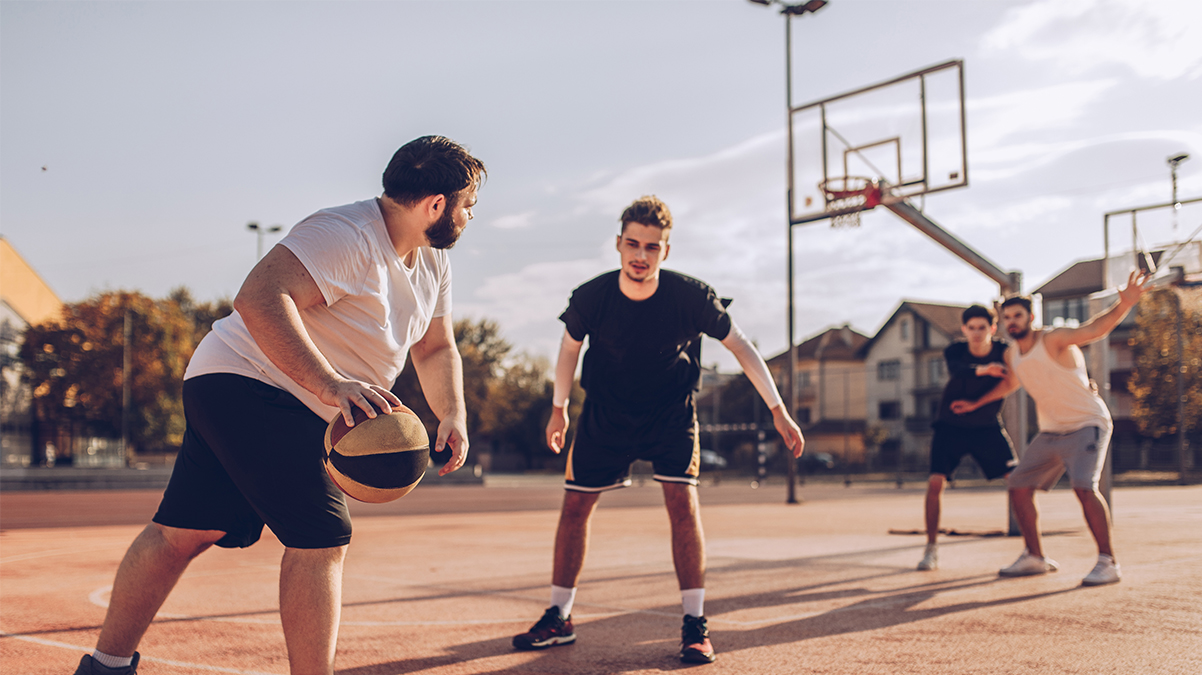
Lifting weights at the gym. Running on a treadmill. Joining a soccer team. All three provide great exercise, all with a different effect on glucose control. From the professional athlete to the occasional power walker, people with type 1 diabetes can reap the benefits of exercise with the right management. Here’s a rundown for you before you run.
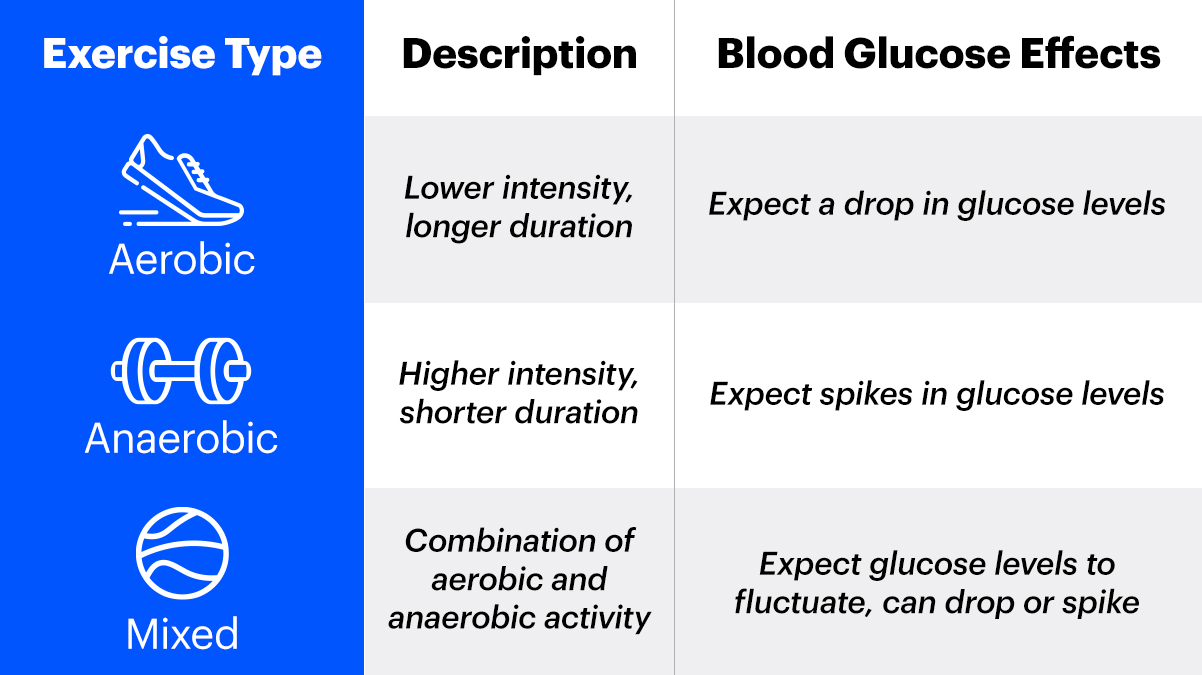
Aerobic Exercise
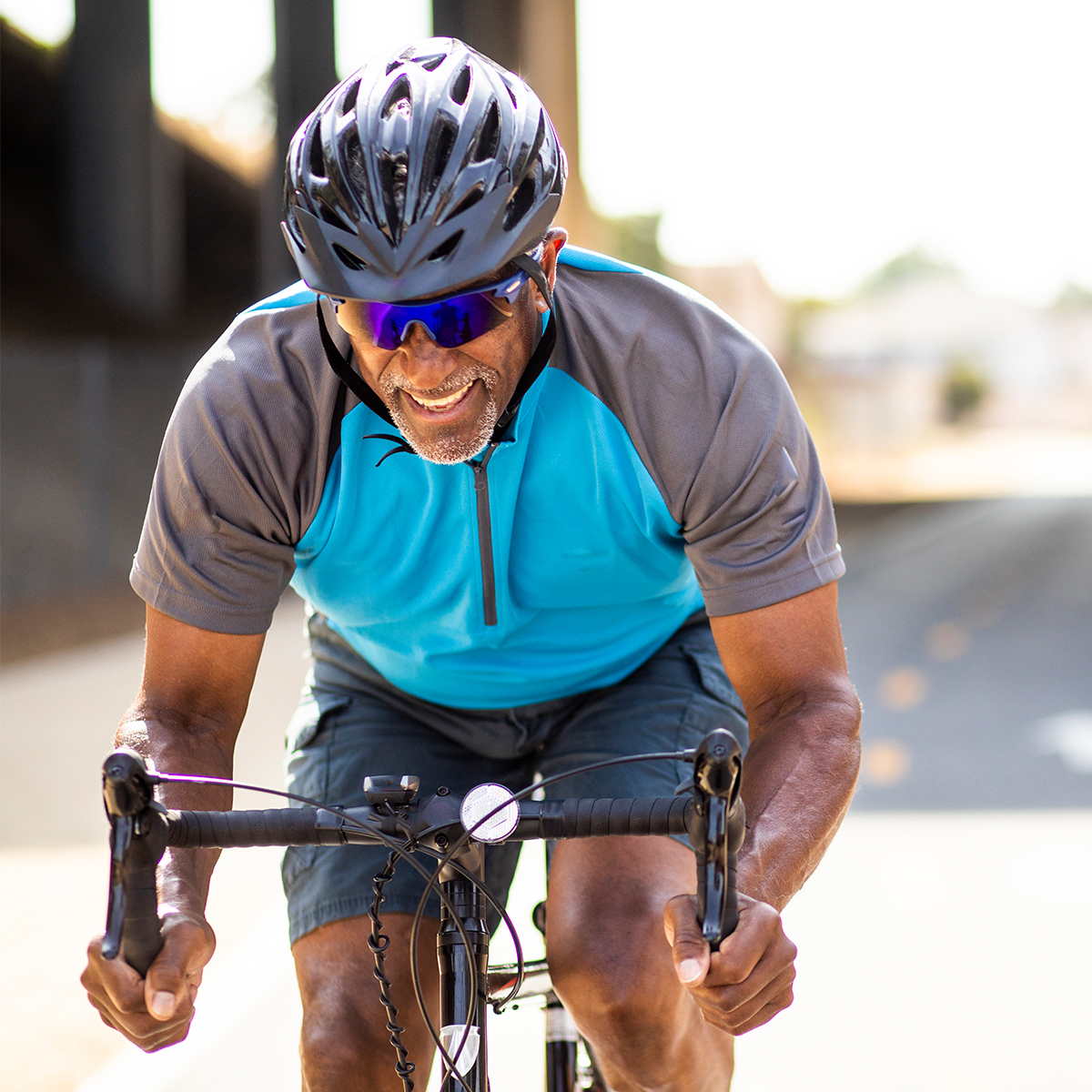
Aerobic exercise tend to be longer but less intense. It includes activities like running, walking, long-distance swimming and biking. Typically these activities will cause blood sugars to drop.
Okay, so I want to go for a run. What do I need to do?
- Figure out through trial and error whether to reduce or maintain your typical insulin intake beforehand. Every person is different.
- Be alert. The risk for hypoglycemia (low blood sugar) is higher if you are exercising over a long duration.
- Carry a fast-acting carb as a snack so you’re prepared if you become low.
Anaerobic Exercise
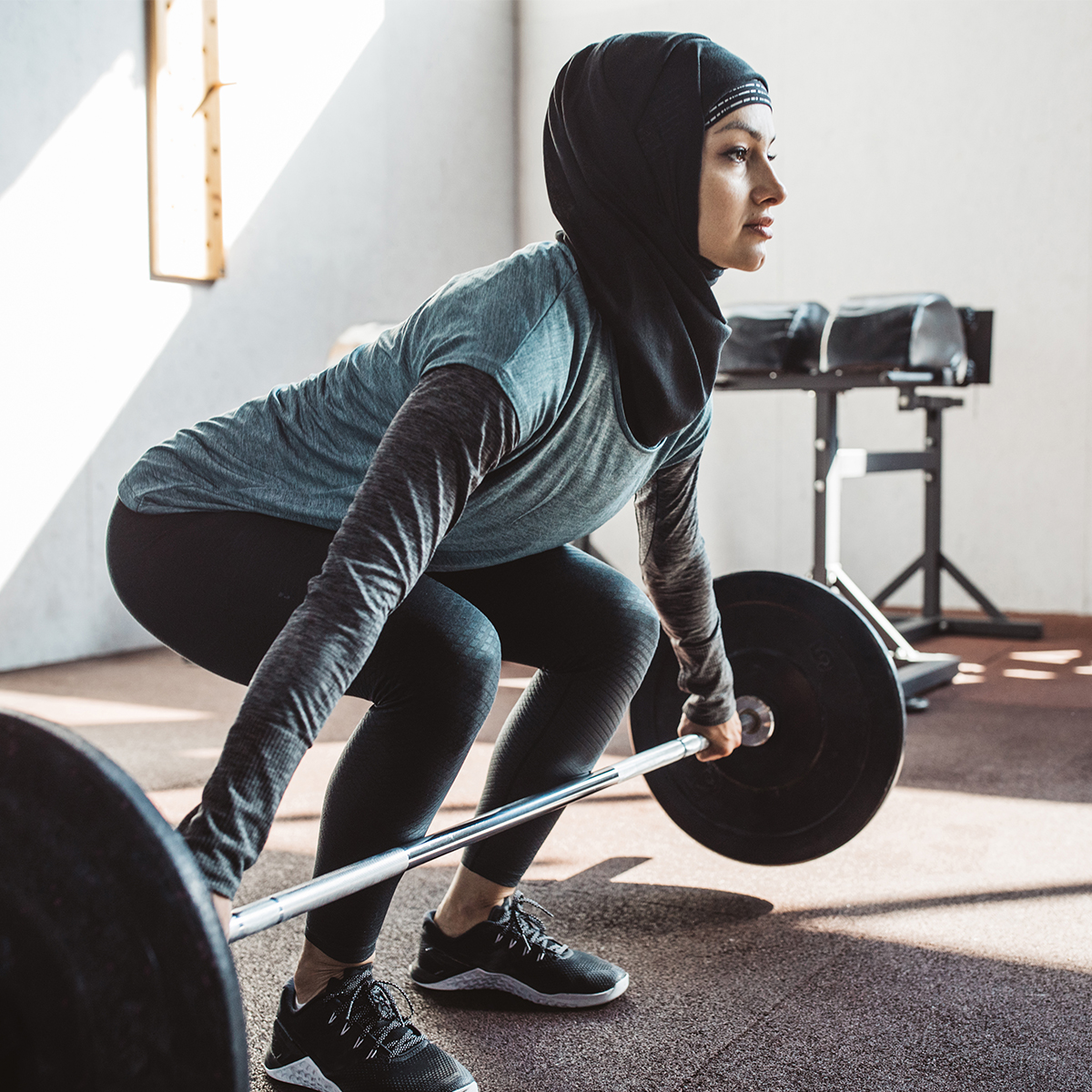
Anaerobic exercise is generally shorter or in spurts but at high intensity. This includes training like sprinting, boxing, ice hockey and weight training. These workouts are great for building muscle and getting stronger. But because of the intensity, these kinds of activities can cause blood glucose levels to spike.
Okay, so I want to lift weights. What do I need to do?
- Work with your health care provider to determine how much to increase your insulin in anticipation of the rise in glucose that intense physical exertion can cause.
- Again, be alert. Especially at high intensities, blood glucose can rise quickly. Check often and stay in tune with your body. Hyperglycemia can affect your performance in addition to your health.
Mixed Exercise
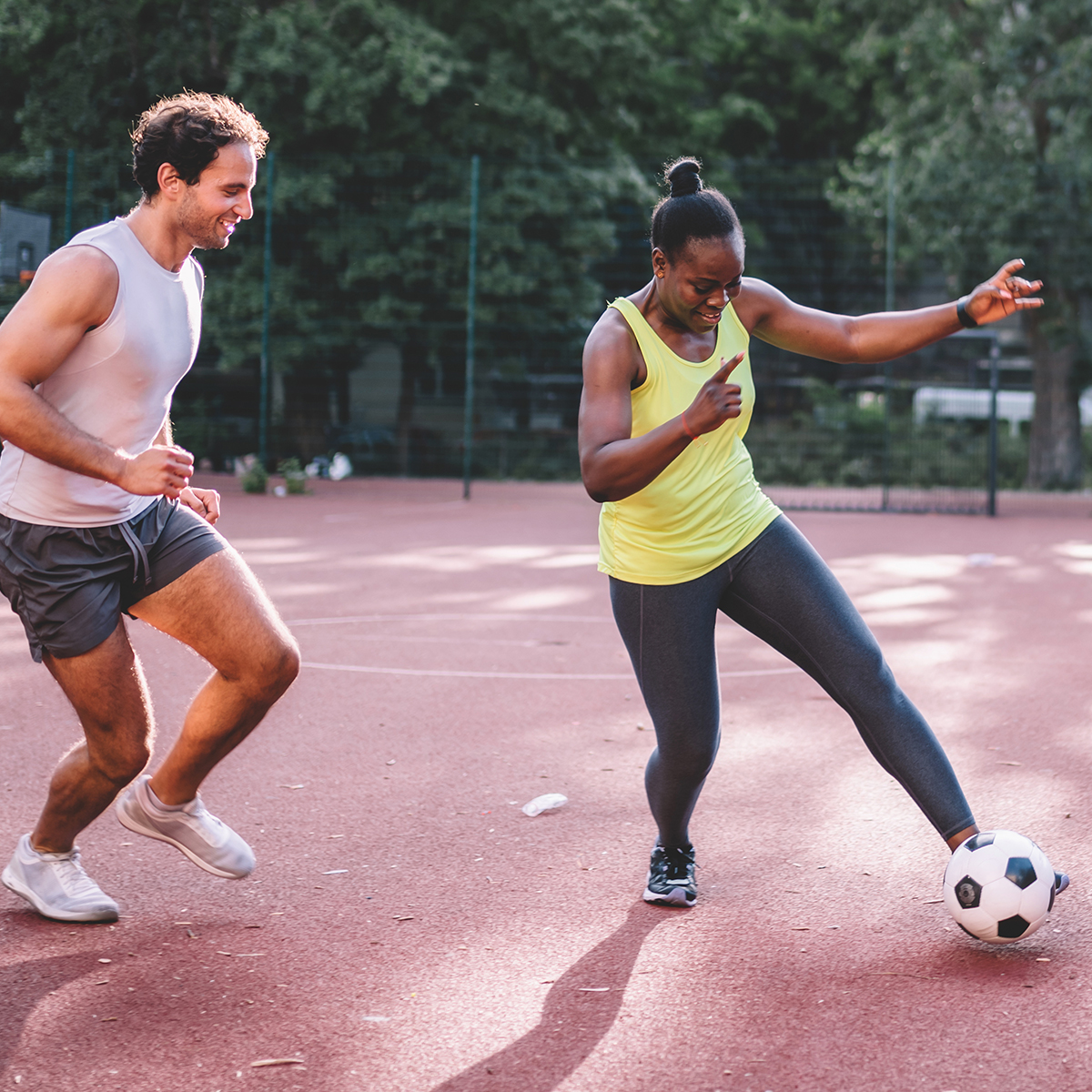
Mixed exercise is a combination of the aerobic and anaerobic activities above. Sports like basketball or soccer fall under this. Because it is a mix of an activity that lowers your blood sugar levels and one that can cause them to spike, it’s easy to see why it’s difficult to manage.
Okay, so it’s game day. What do I need to do?
- Through trial and error, determine how to adjust your diabetes management. Tools like a continuous glucose monitor (CGM) can help track the fluctuations that may come with mixed exercise.
- Watch the weather. In hotter temperatures, athletes use glycogen stores more quickly. Prepare by packing fast-acting sugars like sports drinks and glucose tablets. Plus, don’t forget to drink water and stay hydrated!
- Be ready for game-day jitters. Sports can be stressful! With adrenaline running high and the game on the line, stress levels will often be heightened, affecting your blood sugar levels.
Ultra-athlete Eric Tozer, who participates in all three of these types of exercise, talks more about his fitness journey and how he stays fit:
The Benefits of Any Kind of Exercise
Sure, there are more things to think about and prepare for when exercising with type 1 diabetes. But there are also extra benefits! In addition to getting stronger, improving heart health, decreasing stress, aiding weight management and loss and improving general mental health, those with type 1 diabetes can see these benefits:
- Muscles are better at absorbing glucose when they are contracted. This increased glucose uptake by your muscles increases insulin sensitivity ─ the opposite of insulin resistance, a problem when the body requires more insulin to process glucose.
- Exercise slows carbohydrate absorption, better using the glucose it has and reducing the insulin you need. This counteracts after-meal hyperglycemia.
Type 1 diabetes should never hold you back from your fitness goals. There are no exercises specifically for people with diabetes, any workout you want to do is possible. There will be highs and lows as you figure out what works for you, but don’t let them get you down! You’ve got this!
T1D athlete Maddie Maloney uses a combination of yoga and meditation to get in the right headspace for exercise. Watch her explain how she does it.
